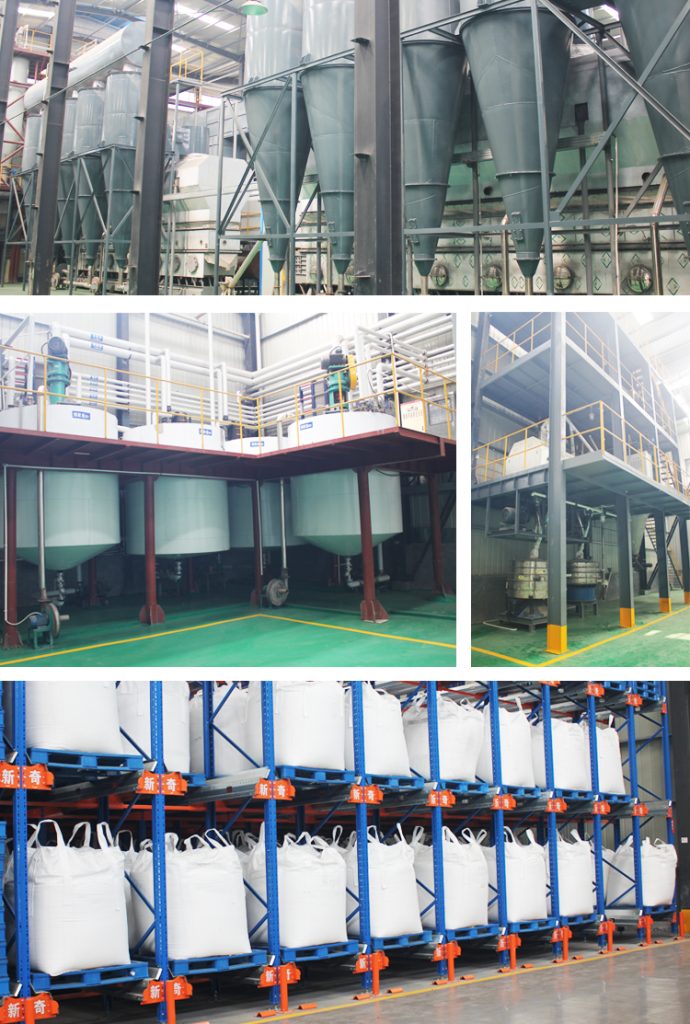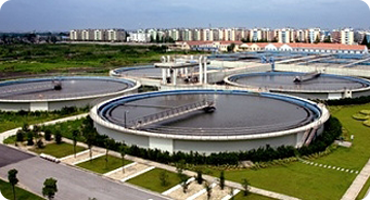Water treatment projects mainly include water supply treatment projects and sewage treatment projects.
Water supply treatment mainly refers to the process of clarification, filtration, disinfection, deodorization, deodorization, iron removal, softening, desalination and desalination of raw water to remove various harmful impurities contained in the raw water and make it suitable for people’s lives. , production water quality standard water. Pure water preparation, seawater desalination, drinking water preparation, etc. all belong to the category of water supply treatment.
Sewage treatment mainly refers to purifying the water quality of sewage through physical, chemical, physical and chemical methods, biological methods and other processes, so as to meet the standards for discharge into a certain water body or reuse. Sewage mainly includes domestic sewage, production sewage (including industrial wastewater), surface water, etc., and the scope is quite wide. In daily life, people often mix concepts such as sewage, wastewater, and reclaimed water with each other. In essence, they all belong to the concept of sewage. The sewage mentioned in the following article is mainly industrial wastewater, so there may be situations where wastewater and sewage are mixed.
Coagulation: The process of aggregating colloidal particles and tiny suspended solids in water through some method (such as adding chemicals). Coagulation includes two processes: coagulation and flocculation. Coagulation mainly refers to the process in which colloids destabilize and form tiny aggregates, and flocculation mainly refers to the process in which destabilized colloids or tiny suspended solids coalesce into large flocs. Agents that can achieve corresponding coagulation and flocculation are collectively called coagulants. .
Common coagulants include polyaluminum chloride (PAC), ferrous sulfate, ferric chloride, polyacrylamide (PAM), etc.
The results of coagulation are affected by various conditions such as the composition of sewage pollutants, pH level, water temperature and water flow. Different coagulants are selected according to different situations. Generally, when the pH value is alkaline or weakly alkaline, the coagulation and precipitation effect is better.
pH (acid-base) neutralization: also known as pH adjustment, refers to adding a certain pH regulator to the sewage solution in order to achieve the expected pH value. Common pH adjusters include quicklime (calcium hydroxide), caustic soda (sodium hydroxide), various strong acids and citric acid, etc.


